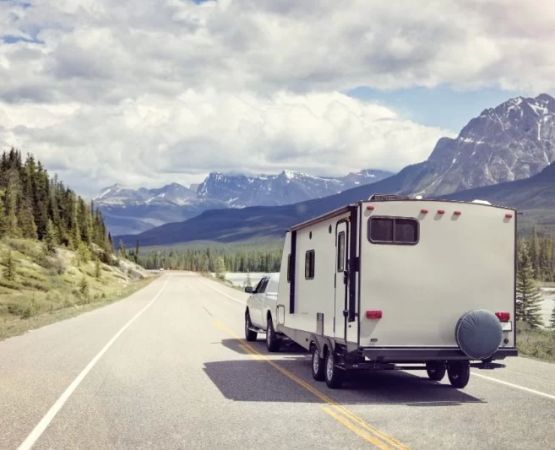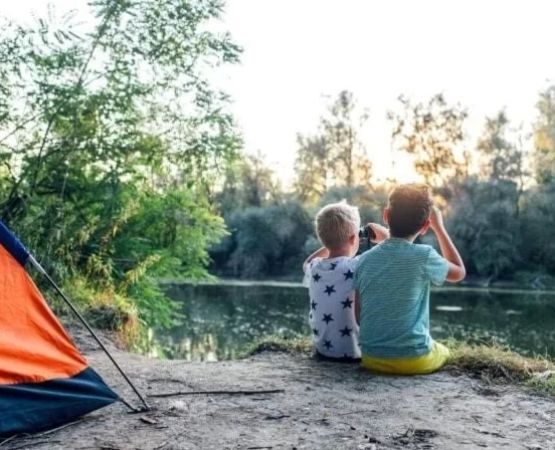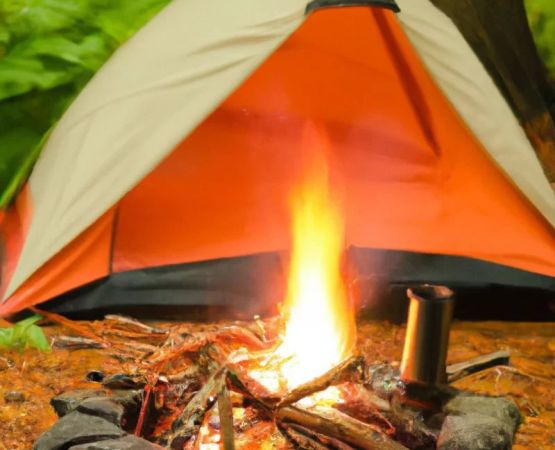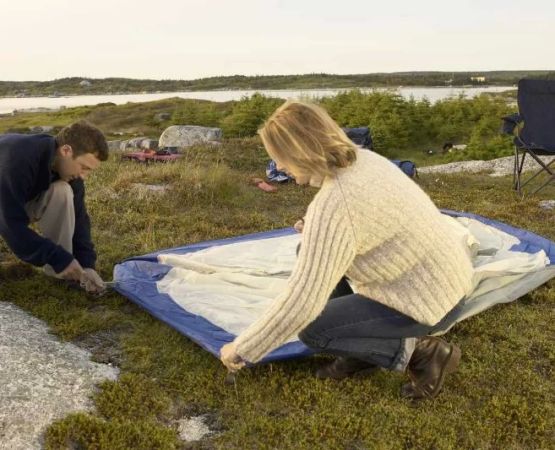- Why Using a Map is Essential for Remote Camping
- Types of Maps for Finding Remote Camping Spots
- How to Read a Map for Remote Camping
- Real-Life Stories: Finding Hidden Camping Spots
- Tips for a Successful Remote Camping Trip
- Plan Your Remote Camping Adventure Today
Finding remote camping spots in nature can be one of the most rewarding outdoor experiences. However, to truly escape into the wilderness, you need to know how to navigate and find these secluded spots. Maps are invaluable tools that help you discover hidden gems and get away from the crowds. In this article, we’ll explore how to use a map to find remote camping spots and make your outdoor adventures even more exciting.
Types of Maps for Finding Remote Camping Spots
There are several types of maps that can help you find remote camping spots. Each type offers different benefits depending on the area you plan to explore. Here are some of the most common ones:
- Topographic Maps: These maps show detailed elevation contours, helping you identify mountains, valleys, and other terrain features. They are perfect for finding remote, higher-elevation camping spots.
- Trail Maps: Many national parks and state forests offer trail maps that show the best routes to secluded campsites. These maps are ideal for those who want to explore trails and reach hidden spots.
- GPS Maps: Digital maps that work with GPS devices or smartphone apps. These maps allow you to track your exact location and pinpoint remote camping areas with high accuracy.
- Forest Service Maps: These maps are provided by local forest services and offer detailed information about camping areas, roads, and trails in national forests. They often highlight the most remote spots that are less likely to be crowded.
How to Read a Map for Remote Camping
Reading a map for remote camping involves more than just identifying landmarks. Here are some key steps to effectively use maps to find hidden camping spots:
- Familiarize Yourself with the Legend: Every map comes with a legend that explains the symbols used. This will help you understand the terrain features, campgrounds, water sources, and other important locations.
- Look for Isolated Areas: For a truly remote experience, look for areas that are far from main roads and tourist centers. Use the map to find off-the-beaten-path trails, lakes, or forests.
- Measure Distances: Use the map’s scale to measure distances between key points. This will help you estimate travel times and the effort required to reach remote camping spots.
- Consider Terrain Features: Look for natural features like rivers, mountains, or forests that may offer good camping spots. Steep slopes or challenging terrain might limit accessibility, so take these into account when planning your route.
Real-Life Stories: Finding Hidden Camping Spots
Using maps to find remote camping spots isn’t just a technical skill—it’s part of the adventure. Let’s take a look at a couple of real-life stories that illustrate how map reading can lead to unforgettable camping experiences:
Sarah, an avid hiker and camper, used a topographic map to find a remote campsite near Mount Hood, Oregon. “I had a general idea of where I wanted to camp, but the map showed me a secluded area near a crystal-clear lake,” she recalls. “It was a bit of a hike to get there, but when I finally arrived, I was the only one there. It was magical.”
Another camper, Mike, used a GPS map to explore a secluded section of Olympic National Park. “I was able to track my exact location and avoid the main trails, which were crowded with other campers,” he says. “It was such a rewarding experience to find a hidden spot all on my own, and the map was key in making it happen.”
Tips for a Successful Remote Camping Trip
Now that you know how to use a map to find remote camping spots, here are a few additional tips to ensure a successful and safe camping experience:
- Plan Ahead: Before heading out, study your map thoroughly and plan your route. Make note of key landmarks and backup camping spots in case your first choice isn’t available.
- Bring Essential Gear: Ensure you have all the necessary camping equipment, such as a tent, sleeping bag, and cooking supplies. A good map can also help you identify nearby water sources for refilling bottles.
- Be Prepared for Emergencies: When camping in remote areas, always carry a first-aid kit, a compass, and extra supplies. Keep your map and compass handy in case you need to find your way back.
- Respect the Environment: Stay on marked trails, leave no trace, and avoid disturbing wildlife. A remote camping experience should preserve the beauty of nature for future adventurers.
Plan Your Remote Camping Adventure Today
Finding remote camping spots using a map is a great way to disconnect from the world and immerse yourself in nature. With the right tools and knowledge, you can discover hidden gems in the wilderness and create unforgettable outdoor experiences. Ready to embark on your adventure? Start exploring and discover more about remote camping spots at Pine Cliff Resort, where nature lovers can experience the best of outdoor camping.






